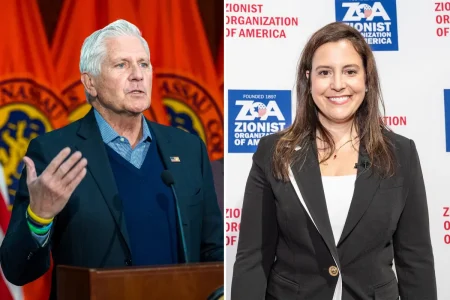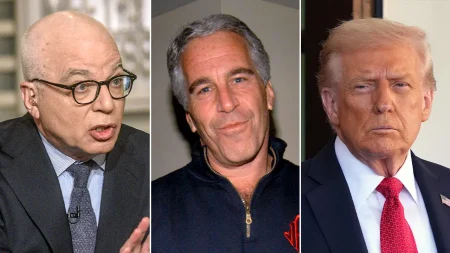Exploring the Epstein Files: Key Revelations from the House Oversight Committee Release
In a significant development that has captured national attention, the House Oversight Committee recently unveiled over 20,000 pages of documents from Jeffrey Epstein’s estate. This massive document dump provides unprecedented insight into the operations, connections, and communications of the disgraced financier who died by suicide in 2019 while awaiting trial on sex trafficking charges. The release marks a pivotal moment in the ongoing effort to understand the full scope of Epstein’s activities and his relationships with powerful individuals across business, politics, and academia. While the sheer volume of information is overwhelming, several key email exchanges have emerged that help illustrate the nature of Epstein’s world and how he maintained his position within elite circles despite his criminal history.
The documents reveal a complex web of relationships that Epstein cultivated with prominent figures, including business leaders, scientists, politicians, and celebrities. These communications paint a picture of how Epstein positioned himself as a philanthropist and intellectual while allegedly continuing to engage in criminal behavior. Particularly notable are exchanges that demonstrate how Epstein leveraged his wealth to gain access to respected institutions and individuals, often using charitable donations as an entry point. The emails show a pattern of strategic relationship building, with Epstein frequently offering financial support or connections to those whose association might enhance his reputation or provide him with protection. This calculated approach to networking appears to have been instrumental in allowing Epstein to maintain his social standing even after his 2008 conviction in Florida.
Among the most revealing aspects of the released documents are communications that show how various institutions and individuals responded to Epstein after his initial criminal case became public knowledge. Some emails demonstrate that certain organizations and people distanced themselves from Epstein following his conviction, expressing concern about the reputational risk of maintaining ties with him. However, other exchanges indicate that many prominent figures continued their relationships with Epstein, either publicly or privately, suggesting that his wealth and connections still held considerable value. These contrasting responses highlight the complex moral calculations made by those in Epstein’s orbit, as they weighed the benefits of his patronage against the growing public awareness of his crimes.
The documents also provide insight into Epstein’s personal life and business operations through communications with his staff, legal team, and financial advisors. These exchanges reveal the extraordinary level of wealth management required to maintain Epstein’s lifestyle across multiple properties around the world. They detail everything from staff schedules and travel arrangements to property maintenance and security concerns. Additionally, some communications touch on Epstein’s legal strategies following his 2008 conviction, including efforts to reshape his public image and minimize the severity of his crimes. These behind-the-scenes glimpses illustrate how Epstein’s vast resources enabled him to create a highly controlled environment in which he could continue to operate despite increasing scrutiny.
Particularly troubling among the released materials are communications that may relate to Epstein’s alleged trafficking activities, including exchanges about travel arrangements for young women and girls. While many of these references are oblique, taken together they support allegations that Epstein’s operations continued well after his initial conviction. The documents also reveal how Epstein and his associates discussed potential victims and witnesses, sometimes in coded language that suggests awareness of the illegality of their actions. These communications provide context for understanding how Epstein’s alleged trafficking network functioned and was maintained through a combination of financial influence, intimidation, and careful management of information. They also highlight potential missed opportunities for intervention by authorities who might have been able to stop Epstein’s crimes years earlier.
The House Oversight Committee’s release of these documents represents a significant step toward transparency in the Epstein case, but it also raises new questions about accountability for those who enabled or ignored his behavior. As journalists and investigators continue to analyze this vast trove of information, additional connections and patterns will likely emerge that could lead to further investigations. The documents serve as a powerful reminder of how wealth and influence can be weaponized to shield perpetrators from consequences, even in the face of serious criminal allegations. For the survivors of Epstein’s abuse, this increased transparency may provide some measure of validation, even as they continue to seek justice through various legal channels. Ultimately, these 20,000 pages offer not just a window into Epstein’s world, but a mirror reflecting broader societal failures to protect vulnerable individuals from powerful predators.












